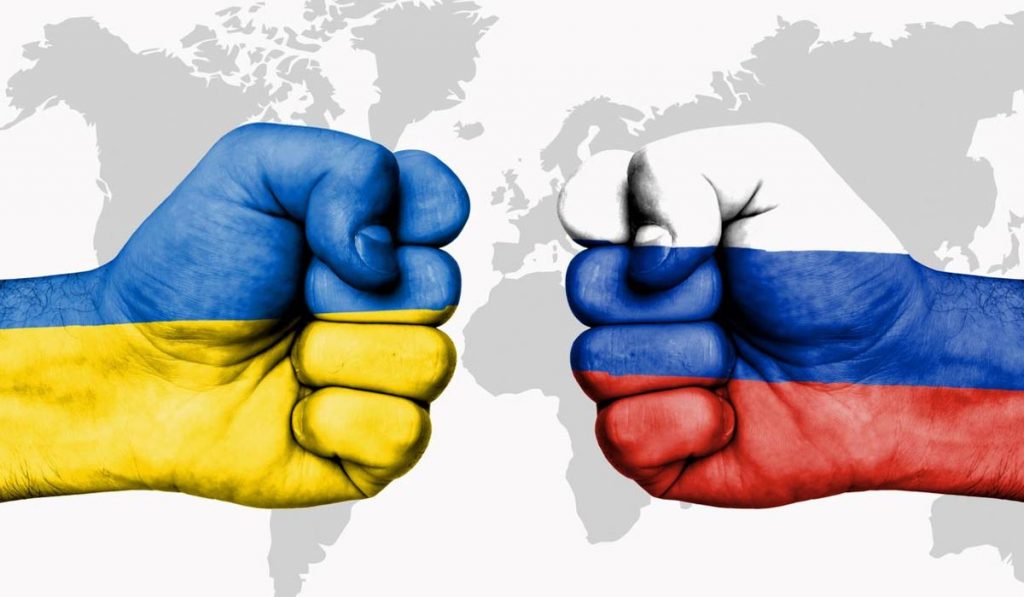
Russia’s paranoia revolves around its hydrocarbon resources which accounted for $250 billion worth of exports in 2021, say the authors.
Authors
Armin Rosencranz, Professor and Dean, Jindal School of Environment & Sustainability, O.P. Jindal Global University, Sonipat, Haryana, India.
Abhiroop Chowdhury, Associate Professor, Jindal School of Environment & Sustainability, O.P. Jindal Global University, Sonipat, Haryana, India.
Summary
A geopolitical crisis is looming large over the eastern border of Russia. There has been a massive military build-up by Russia close to Ukraine. The histories of the two nations are linked and until 1991, they were part of the USSR. Since independence in 1991, Ukraine had a pro-Russian leader, Viktor Yanukovyc, whose ambitions were aligned with Russian interests.
The situation changed with ‘The revolution of dignity’, popularly known as the ‘Maidan revolution’, where a series of protests erupted across the nation during 2013-14, following Yanukovyc’s refusal to join political association and a free trade agreement with the European Union. The elected government was ousted, and power shifted towards the current pro-West Volodymyr Zelensky. Following these incidents, the Crimean Peninsula, a geostrategic region in southern Ukraine, with the port of Sevastapol, was annexed by Russia on 18 March 2014.
The annexation was claimed by Russia as a mandate of citizens of Crimea, who are mostly Russian in origin. Since that incident, bilateral relations between the two nations suffered. On 15 December 2018, the Kiev church severed its ties to the Russian orthodox church as per the decree of the Ecumenical Patriarchate of Constantinople. This clearly showed the determination of the nation to break out from its former ‘Soviet’ roots, distancing itself from Vladimir Putin’s Russia.
Published in: The Statesman
To read the full article, please click here.


